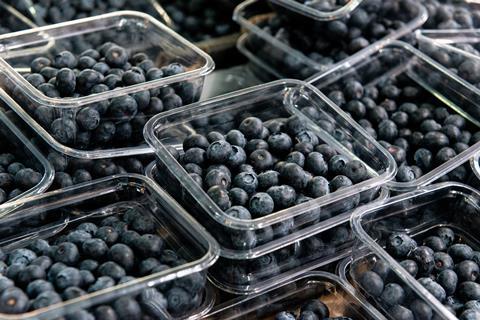Andean nation says forecast growth rates will only be sustained by opening new markets

Peru looks set to pivot its blueberry export strategy, focusing on diversifying its markets across Asia, according to reporting from Singapore’s The Business Times.
Historically, the world’s biggest exporter of blueberries sent the bulk of its volumes to the US targeting its health-conscious consumers. But, according to Agriculture Minister Angel Manero, this is set to change.
While Manero was reluctant to point out the reasoning for the switch up, in an interview with The Business Times following a trip to Japan, Indonesia and Korea, the publication said he was “aware [the US tariffs] are the elephant in the room”.
“The US gets angry when we talk about Asia, but we believe that Peru needs to diversify its supply of agricultural products,” Manero said. “And we believe there are great opportunities in Asia.”
Of course, Peru has already begun opening new trade routes with Asia following the opening of the Chinese-owned Chancay port last year.
The US$3bn venture is the largest deepwater port on the western coast of South America. It was designed to be the gateway from South America to Asia, cutting transit times in half.
Manero told The Times that once the port is fully operational in about three years it will give Peru more bargaining power with buyers by cutting down exports to the US and Europe and increasing them to Asia.
That is if they manage to finalise market access protocols with importing nations.
Currently, Peru has access protocols in place to Indonesia and China; but others are still in flux including for Korea.
“Asia can displace the US because they consume a lot of blueberries,” Manero said. “If everything goes well, this year we can launch Japan and India as new markets.”
Peru exported a record US$2.3bn worth of blueberries last year, a 36 per cent increase on the previous year, according to the trade ministry. Manero sees this increasing again in the 2025 season, telling The Times the industry is forecasting a 20 per cent boost.
These growth rates will only be sustained by opening new markets, he said.



